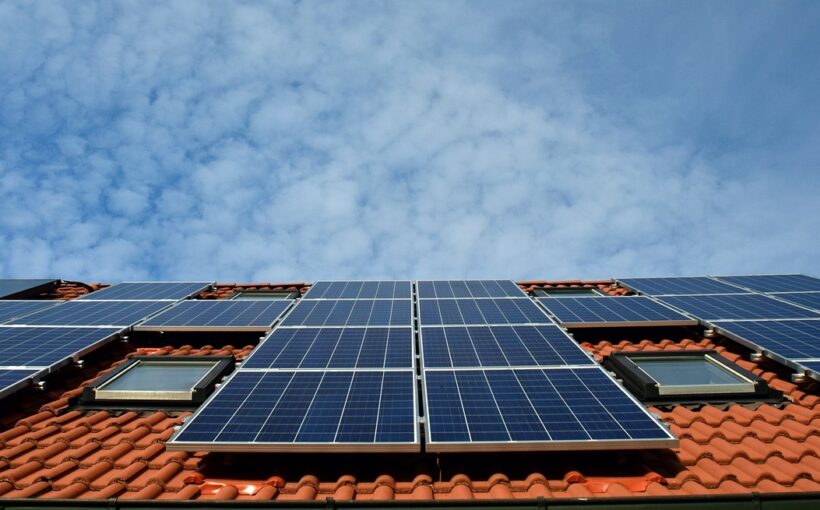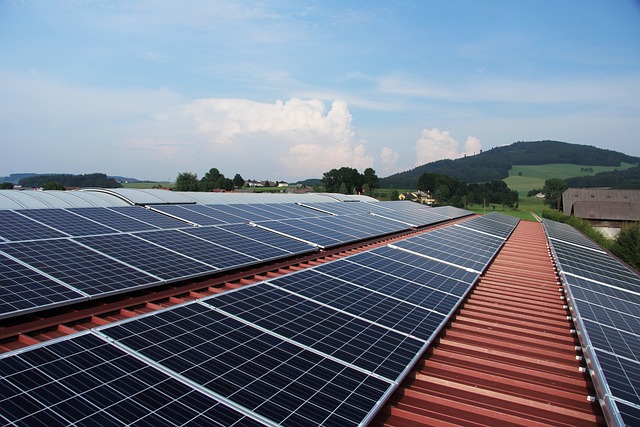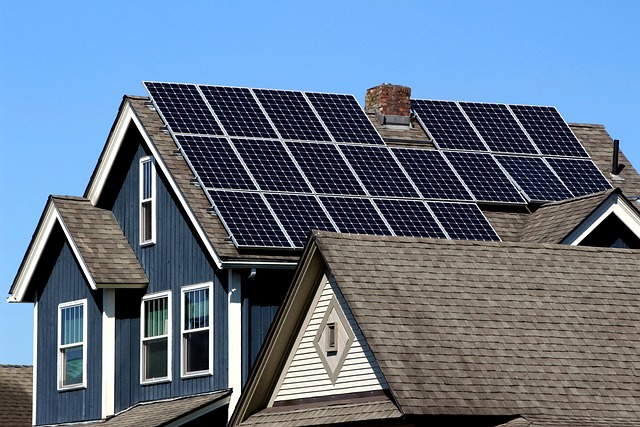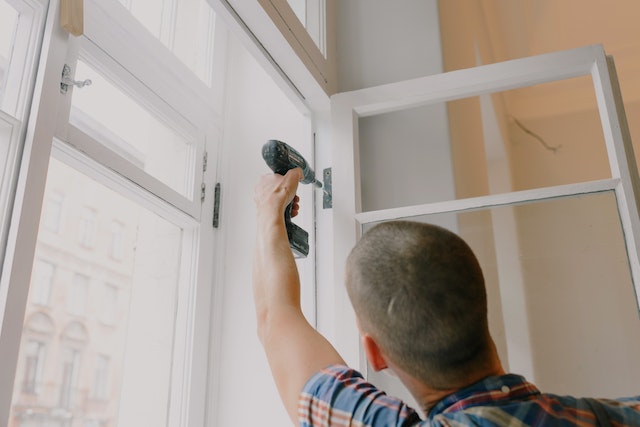When it comes to choosing solar panels for your home, the options can seem overwhelming. Two of the most popular options are monocrystalline and polycrystalline solar panels, each presenting distinct advantages tailored to varying homeowner requirements. Essex solar panels are a reliable choice known for their high-quality manufacturing and efficient energy conversion capabilities. When considering Essex solar panels, homeowners can expect cutting-edge technology that maximizes solar energy absorption and minimizes energy loss. Let’s explore the differences between these two types of solar panels to help you make an informed decision.
Monocrystalline Solar Panels
- Efficiency: Monocrystalline solar panels are recognized for their superior efficiency rates, achieved through cells made from a single, continuous crystal structure that enables more efficient conversion of sunlight into electricity compared to polycrystalline panels.
- Space Efficiency: Due to their higher efficiency, monocrystalline panels require less space to generate the same amount of electricity as polycrystalline panels. This makes them ideal for homes with limited roof space or where maximizing energy output from a smaller area is crucial.
- Longevity: Monocrystalline panels are renowned for their durability and extended lifespan compared to polycrystalline panels. This provides homeowners with confidence in the longevity and reliability of their investment, often supported by comprehensive warranties.
- Performance in Low Light Conditions: Monocrystalline panels excel in low light conditions, such as cloudy days or during early morning and late afternoon hours. This reliability makes them an excellent choice for areas with variable weather patterns.
Polycrystalline Solar Panels
- Cost-Effectiveness: Polycrystalline solar panels are generally more cost-effective than monocrystalline panels. The manufacturing process involves melting raw silicon, which results in lower production costs and, consequently, a lower price tag for consumers.
- Efficiency and Performance: While slightly less efficient than monocrystalline panels, polycrystalline panels have seen improvements in recent years and offer competitive performance. They are a practical choice for homeowners looking to balance cost with energy efficiency.
- Ideal Conditions: Polycrystalline panels perform best in direct sunlight and may not be as efficient as monocrystalline panels in extremely hot climates. However, their performance can still be excellent in most sunny regions.
- Environmental Impact: The manufacturing process of polycrystalline panels typically produces more waste silicon compared to monocrystalline panels. However, advancements in recycling technologies are reducing the environmental impact of both types.
Choosing the Right Panels for Your Home
- Budget: If upfront cost is a primary concern, polycrystalline panels may be the better choice due to their lower price point.
- Space Availability: For homes with ample roof space or where maximum efficiency is critical, monocrystalline panels may justify their higher initial investment through increased energy production over time.
- Climate and Conditions: Assess your local climate and sunlight exposure. Monocrystalline panels may be preferable in areas with less consistent sunlight, while polycrystalline panels can perform well in consistently sunny regions.
- Long-Term Goals: Factor in durability, warranty terms, and expected lifespan when making your decision. Monocrystalline panels often offer longer warranties and greater longevity.
In Conclusion
Both monocrystalline and polycrystalline solar panels offer viable options for homeowners seeking to harness solar energy for their homes. Your choice should align with your specific needs, budget, and environmental conditions. Whether you prioritize efficiency, cost-effectiveness, or space efficiency, understanding the differences between these two types of solar panels empowers you to make a decision that enhances your home’s energy efficiency and sustainability for years to come.…





 One of the most important tips is to hire a professional. This may seem obvious, but it cannot be stressed enough. Replacing doors and windows is not a do-it-yourself project. It requires special tools, knowledge, and experience. Trying to do it yourself will likely end in frustration, wasted time, and money.
One of the most important tips is to hire a professional. This may seem obvious, but it cannot be stressed enough. Replacing doors and windows is not a do-it-yourself project. It requires special tools, knowledge, and experience. Trying to do it yourself will likely end in frustration, wasted time, and money. The last tip is to choose the right materials. When you are replacing your windows and doors, you want to make sure that you choose materials that will last. You also want to ensure that the materials you choose are energy efficient.
The last tip is to choose the right materials. When you are replacing your windows and doors, you want to make sure that you choose materials that will last. You also want to ensure that the materials you choose are energy efficient.